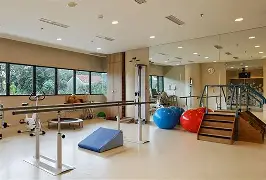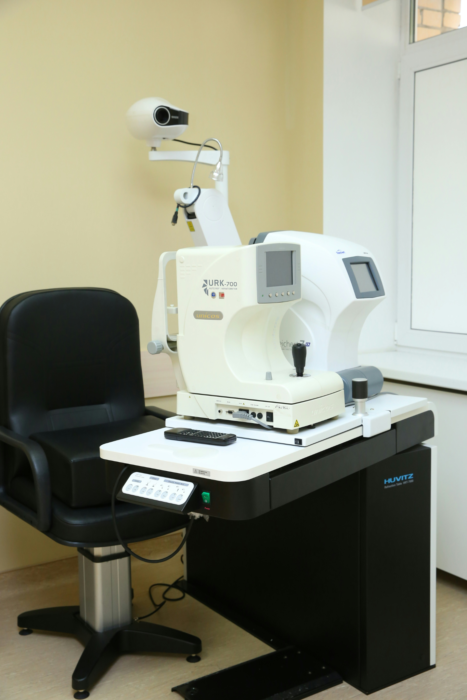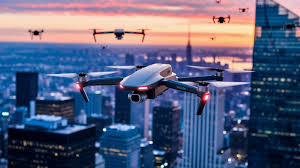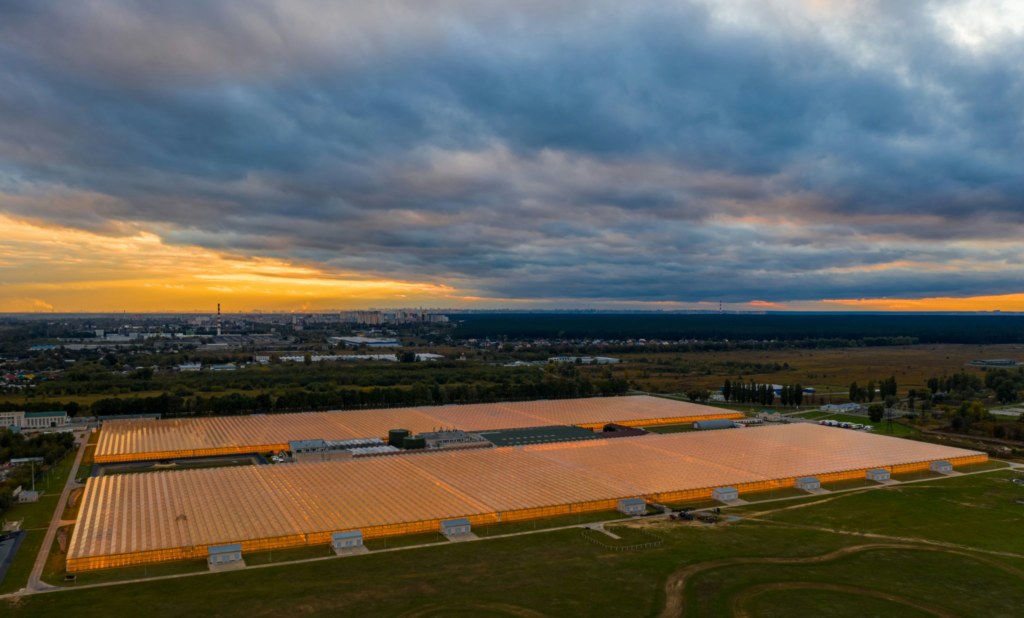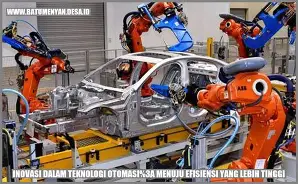Introduction to UAVs
Unmanned Aerial Vehicles (UAVs), commonly referred to as drones, are aircraft systems that operate without a human pilot onboard. These versatile technological marvels can be remotely controlled or can autonomously navigate through pre-programmed flight paths. UAVs have emerged as significant assets across various sectors, including military, agricultural, commercial, and recreational domains. Their ability to capture aerial data, perform surveillance, and assist in transportation has transformed traditional operational methodologies in numerous industries.
The technology behind UAVs is comprised of several integrated components, ensuring both efficiency and reliability. Most notably, UAVs are equipped with advanced propulsion systems, which may vary depending on their design; they can be powered by electric motors or internal combustion engines. The choice of propulsion directly influences the flight range, endurance, and payload capacity of the drone. One of the most critical aspects of drone technology is its navigation system, which allows UAVs to ascertain their position in real-time. Global Navigation Satellite Systems (GNSS), such as GPS, are often utilized, providing drones with the capability to traverse various topographies with precision.
Control mechanisms are another crucial element of UAV technology. Depending on the application, drones can either be piloted remotely by a human operator or operate autonomously via onboard computer systems, which leverage a variety of sensors including accelerometers, gyroscopes, and ultrasonic sensors. These sophisticated control systems enable the craft to execute complex maneuvers and adapt to environmental changes, enhancing flight safety and operational efficiency. Furthermore, the integration of artificial intelligence is pushing the boundaries of UAV capability, paving the way for smarter, more autonomous systems capable of performing tasks with minimal human intervention.
Historical Development of UAV Technology
The journey of Unmanned Aerial Vehicles (UAVs) traces back to the early 20th century, with significant developments manifesting through decades of innovation. Initially conceptualized for military use, the first rudimentary UAVs emerged during World War I, primarily as a means of reconnaissance and target practice. One of the earliest examples was the Kettering Bug, developed by the United States in 1918, which marked the inception of autonomous flight technology.
As the years progressed, the interwar period saw further experimentation, with various nations recognizing the potential of UAVs in warfare. However, it was not until World War II that the technology gained more substantial traction. The Radioplane OQ-2, developed by inventor Howard Hughes in 1939, became one of the first mass-produced UAVs, utilized extensively for aerial training of anti-aircraft gunners. Post-war military interest continued to drive research, leading to the development of more sophisticated drones during the Cold War, including the Ryan Firebee and Lockheed D-21.
The Vietnam War marked a turning point for UAV technology, as the use of drones such as the Aerial Target Drone provided critical reconnaissance without risking human lives. This era highlighted UAVs’ capabilities in gathering intelligence and their inherent advantages over manned aircraft, augmenting military strategies significantly.
With the advent of the 21st century, civilian uses for UAVs began to emerge, broadening the applications beyond military confines. Innovations in sensor technology, miniaturization, and data transmission enabled UAVs to be deployed for commercial purposes like aerial photography, agriculture, and disaster management. The introduction of consumer-grade drones also transformed the landscape, making UAVs accessible to the general public and further propelling their evolution.
Today, UAV technology has reached unprecedented heights, with advancements in artificial intelligence and autonomous operations paving the way for a future where UAVs are integral to various sectors. As technology continues to evolve, the historical development of UAVs illustrates a remarkable trajectory from military origins to a multifaceted tool impacting numerous industries.
Types of UAVs and Their Applications
Unmanned Aerial Vehicles (UAVs), commonly known as drones, are classified into several types based on their design and functionality. The primary categories include fixed-wing, rotary-wing, and hybrid UAVs. Each type offers unique characteristics that render them suitable for a variety of applications across diverse industries.
Fixed-wing UAVs are characterized by their rigid wings, which allow them to glide efficiently. These models are particularly advantageous for tasks requiring long flight durations and extensive coverage areas, making them ideal for agricultural monitoring, environmental surveys, and aerial mapping. In agriculture, for instance, fixed-wing UAVs are deployed for crop health assessment and precision farming, enabling farmers to optimize yields through detailed aerial imagery and data analytics.
On the other hand, rotary-wing UAVs, commonly known as quadcopters or multicopters, possess vertical takeoff and landing capabilities. This design makes them exceptionally versatile, suitable for applications that necessitate hovering capabilities. These UAVs are widely employed in surveillance and security, as they can easily capture real-time footage from various angles. Additionally, rotary-wing drones have proven to be invaluable in search and rescue operations, enabling rapid response in disaster management scenarios by providing critical situational awareness and facilitating the identification of affected areas.
Hybrid UAVs combine features of both fixed-wing and rotary-wing designs. This unique configuration allows for both vertical takeoff and efficient horizontal flight, making hybrid models excellent for a broad spectrum of tasks. They are increasingly utilized in package delivery systems, providing logistics companies with the ability to ensure timely deliveries while navigating urban landscapes efficiently.
The versatility of UAVs across these varying applications highlights their growing significance in contemporary operations. As technology advances, the range of industries benefiting from UAV integration only continues to expand, solidifying their role in modern society.
Regulations and Legal Framework Surrounding UAVs
The regulatory environment governing unmanned aerial vehicles (UAVs) has evolved significantly over the past few decades as their use has expanded across various sectors. Regulatory authorities worldwide, including the Federal Aviation Administration (FAA) in the United States and the European Union Aviation Safety Agency (EASA), have established guidelines that dictate how UAVs can be operated safely and efficiently. These regulations encapsulate aspects like pilot certification, aircraft registration, and operational limitations, providing a comprehensive legal framework to ensure the safe integration of UAVs into national airspace systems.
Compliance with these regulations is crucial for both private operators and commercial entities utilizing UAVs for tasks such as agriculture, transportation, and aerial photography. The primary intent of these regulations is to enhance safety for both UAV operators and the public. For instance, operators are typically required to conduct pre-flight checks, maintain a visual line of sight with their UAVs, and steer clear of populated areas to prevent accidents. Failure to adhere to these guidelines could result in severe penalties, including fines or revocation of flight permissions.
As technology continues to advance, the regulatory framework surrounding UAV operations faces ongoing scrutiny and evolution. New developments such as autonomous UAVs and the integration of UAVs into urban air mobility are driving discussions about the need for revised regulations. The potential for increased commercial UAV use in urban environments presents challenges that authorities are grappling with, including air traffic management and privacy concerns. It is essential that stakeholders remain informed about impending legal changes, as these will likely impact operational practices and market opportunities in the UAV industry moving forward.
Challenges and Limitations of UAV Technology
The evolution of Unmanned Aerial Vehicles (UAVs) has significantly influenced various sectors, yet the technology faces several challenges and limitations that must be addressed to ensure its safe and effective integration into society. One major technical limitation is the issue of battery life and payload capacity. Current UAVs are often constrained by their reliance on batteries, which limit flight duration and operational range. Developing more efficient power sources or hybrid technologies may serve as a viable solution, potentially extending UAV capabilities for longer missions.
Privacy concerns also pose a significant hurdle for the UAV industry. The ability of drones to capture high-resolution images and video creates apprehension among the public regarding surveillance practices. Establishing clear regulations that govern UAV operations, along with public education initiatives, can help alleviate these privacy fears. Implementing geofencing technology may also provide a safeguard by restricting UAV operation in sensitive areas, thus ensuring compliance with privacy norms.
Safety issues represent another crucial challenge within UAV operations. Instances of near-misses with manned aircraft and accidents involving drones and individuals have raised alarms about the safety of UAV flight. To mitigate these risks, advancements in detect-and-avoid technology should be prioritized. Incorporating robust systems that enable UAVs to detect obstacles and avoid collisions can aid in making flights safer for both UAVs and surrounding air traffic.
The UAV industry must also navigate the complex landscape of regulatory frameworks. Policymakers are tasked with developing guidelines that foster innovation while ensuring public safety. Continuous collaboration between technology developers, regulatory bodies, and stakeholders is essential to create a balanced approach that promotes the growth of UAV technology while addressing its associated challenges. This collaborative effort will ultimately pave the way for UAVs to fulfil their vast potential across numerous applications.
Future Trends in UAV Development
The advancement of unmanned aerial vehicles (UAVs), commonly known as drones, is poised to significantly reshape multiple sectors and day-to-day activities. A cornerstone of this evolution is the integration of artificial intelligence (AI) within UAV systems. AI enhances the decision-making capabilities of UAVs, allowing them to conduct complex tasks autonomously. Technologies like computer vision and machine learning algorithms enable drones to analyze their surroundings in real time, improving navigation, obstacle avoidance, and data collection processes. The ramifications of these advancements are profound, providing industries such as agriculture, logistics, and surveillance with tools that can enhance efficiency and reduce human error.
Another significant trend is the development of improved battery technology, which is crucial for extending the flight time and operational ranges of UAVs. Research into energy-dense batteries, such as lithium-sulfur and solid-state batteries, is paving the way for drones that can operate longer without the need for frequent recharging. This extended endurance will facilitate a broader array of applications, including long-distance delivery services, extended aerial surveying, and real-time data gathering over vast regions. The ability to remain airborne for extended periods can also be instrumental in emergency response operations, allowing drones to cover extensive areas in disaster-stricken regions.
Increased automation is another key trend, driven by the need for urban air mobility and the efficient operation of drone fleets. As regulations evolve, automated UAV systems can support functions ranging from package delivery to urban infrastructure monitoring. Moreover, the implementation of drone traffic management systems will be essential in managing increasing air traffic and ensuring safety in crowded airspaces. This automation will not only improve operational efficiency but also open avenues for innovative solutions in industries like tourism and entertainment, where UAVs could be employed for aerial light shows or guided tours.
Impact of UAVs on Various Industries
Unmanned Aerial Vehicles (UAVs), commonly known as drones, have significantly impacted various industries by enhancing efficiency, reducing costs, and providing innovative solutions to longstanding challenges. One of the most profound transformations can be observed in agriculture, where UAVs facilitate precision farming. Equipped with advanced sensors and imaging technology, drones can monitor crop health, assess soil conditions, and provide real-time data analytics. A notable example is the use of UAVs by large-scale farmers in California, which has enabled them to reduce water consumption by 20% while increasing crop yields by 15% through meticulous monitoring and targeted interventions.
In the construction industry, UAVs have revolutionized project management and site inspection processes. They enable contractors to capture aerial imagery of construction sites, providing critical insights for project planning and monitoring progress. A prominent case is the collaboration between a leading construction firm and a UAV service provider, which utilized drones to survey a large urban development project. This implementation resulted in a 30% reduction in project delays, showcasing how UAV technology can expedite decision-making and maintain project timelines.
Emergency response services have also greatly benefited from the integration of UAVs. Drones equipped with thermal imaging and high-resolution cameras aid in search and rescue operations, allowing responders to locate individuals swiftly in challenging terrains. For instance, during natural disasters like hurricanes, UAVs have been deployed to assess damage and deliver real-time footage to disaster response teams, facilitating efficient resource allocation and ensuring timely aid distribution.
Overall, UAVs have established themselves as vital tools across various sectors, driving innovation and efficiency. Their ability to perform tasks with precision and deliver critical information has opened new avenues for operational improvements and strategic advances in agriculture, construction, and emergency response. As technology continues to evolve, the possibilities and applications of UAVs are set to expand even further.
UAV Technology in the Context of Climate Change
Unmanned Aerial Vehicles (UAVs), commonly referred to as drones, have emerged as powerful tools in the fight against climate change. Their ability to collect high-resolution data from remote and inaccessible locations has significantly enhanced environmental monitoring and conservation efforts. UAVs are increasingly being utilized in various applications, including mapping ecosystems, monitoring wildlife populations, assessing environmental changes, and responding to disasters.
One of the prominent uses of drone technology is in the collection of environmental data. By equipping UAVs with sensors and cameras, researchers can gather real-time information on temperature variations, vegetation health, and atmospheric conditions. This data is invaluable for understanding the impacts of climate change on ecosystems. For instance, scientists can use drones to survey coastal areas affected by rising sea levels, gathering essential insights that can inform conservation strategies and policy decisions.
UAVs also play a crucial role in wildlife protection. Drones can monitor endangered species without the disturbances caused by human presence, thereby allowing for more accurate assessments of population dynamics. Furthermore, UAVs equipped with thermal imaging cameras can detect illegal poaching activities, enabling rapid responses from conservation teams to protect vulnerable species. In this capacity, drones not only aid in tracking and managing wildlife but also contribute to broader efforts to preserve biodiversity in a changing climate.
In disaster response, UAV technology has proven to be indispensable. Drones can quickly assess damage following natural disasters, providing critical data for first responders and local authorities. By deploying UAVs in these scenarios, teams can identify areas that need immediate assistance, thus improving the efficiency and effectiveness of relief efforts. The integration of drone technology into disaster management exemplifies the potential of UAVs to mitigate the adverse effects of climate change on human and natural systems.
Conclusion and Call to Action
The journey of unmanned aerial vehicles (UAVs) has been marked by significant advancements, shaping diverse sectors from agriculture to defense. Throughout this blog post, we have explored the origins of UAV technology, its evolution, and the myriad of applications that have emerged as a result. UAVs have shifted from military platforms to versatile tools, enhancing efficiency, safety, and accessibility in various industries. They are no longer confined to surveillance missions but have transcended to roles such as precision agriculture, infrastructure inspection, and package delivery.
As we observe ongoing developments in UAV technology, the importance of staying informed about their capabilities and regulations cannot be overstated. Innovations such as autonomous flight systems and advanced sensors continue to propel UAVs into new territories, presenting both opportunities and challenges. This rapidly evolving landscape necessitates a proactive approach to understanding how UAVs can be integrated into our daily lives and business operations. The promise of UAVs extends beyond mere convenience; they have the potential to revolutionize industries and improve productivity.
We encourage our readers to delve deeper into the world of UAVs. Engaging with reliable resources and participating in discussions about drone technology will not only enhance your awareness but also prepare you to adapt to the changes these aerial devices bring to the game. Whether you are a professional in a related field, an entrepreneur exploring new business avenues, or simply an enthusiast intrigued by flight technology, understanding UAVs is essential. Now is the time to embrace the future and consider how these vehicles can impact your life and the industries within your reach.
How useful was this post?
Click on a star to rate it!
Average rating 0 / 5. Vote count: 0
No votes so far! Be the first to rate this post.



